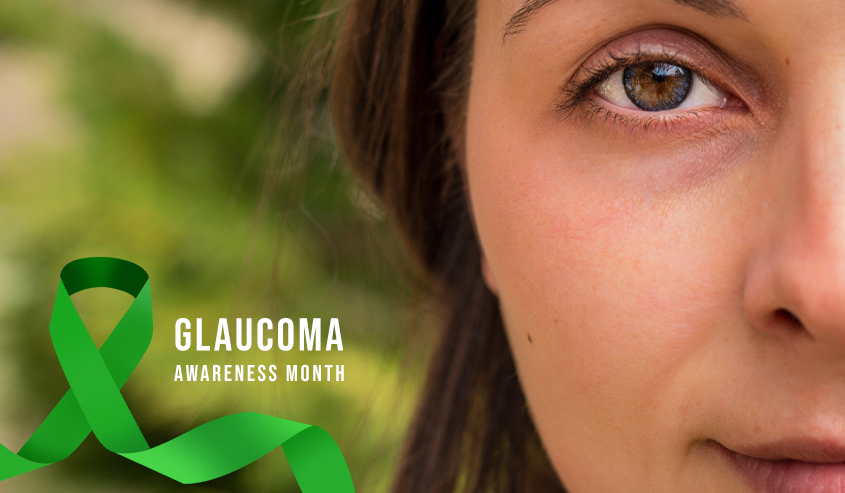
For those of you that have been blessed with healthy eyesight, visiting the eye doctor and having a tonometry test performed may not be high on your list of priorities. But for those of you who wear contacts or corrective lenses, your optometrist has performed this test every time you visited them for your annual eye exam. The month of January is National Glaucoma Awareness Month and is sponsored by both the National Eye Institute and the American Academy of Ophthalmology.
“The Sneak Thief of Sight”
Since there are no identifiable symptoms of the disease, glaucoma is often referred to as “The Sneak Thief of Sight” and is considered to be one of the major reasons for irreversible blindness. Today, more than 3 million Americans have glaucoma and the National Eye Institute projects that we will see a 58% increase to 4.2 million in the number of individuals who develop glaucoma by the year 2030. Although you may not notice the disease as it progresses, you could lose up to 40% of your vision by the time it’s finally detected. Thus, it’s one of the main reasons for loss of vision all over the world.
Types of Glaucoma
There are two primary forms of glaucoma: angle-closure glaucoma and primary open-angle glaucoma (POAG). These are identified by an increase in pressure within the eye or intraocular pressure (IOP). If the optic nerve has been damaged despite having normal IOP, this is referred to as normal tension glaucoma. Secondary glaucoma refers to cases wherein another disease has caused or contributed to increased IOP. This causes damage to the optic nerve and the eventual loss of vision.
Screening and Diagnosis for Glaucoma
Diagnostic imaging helps monitor and document changes to the optic nerve over time. Some of the more common optic nerve imaging techniques include:
- Confocal scanning laser ophthalmoscopy – the use of a special instrument in retinal imaging or diagnostic imaging of the retina.
- Optical coherence tomography (OCT) – a non-invasive imaging test that takes cross-section images of your retina by using light waves to map and measure the thickness of its layers.
- Scanning laser polarimetry (GDx) – as a part of a patient’s glaucoma workup, an eye doctor will use polarized light and measure the retinal nerve fiber’s thickness.
- Stereo optic nerve photographs – enables the documentation of optic nerve research and has been used in numerous clinical trials.
As National Glaucoma Awareness Month is here, a trip to the eye doctor may help identify your risk for developing glaucoma. For more information about the role that imaging plays in the diagnosis of glaucoma, contact Vital Imaging today. Call 305.596.9992 today to schedule an appointment.
